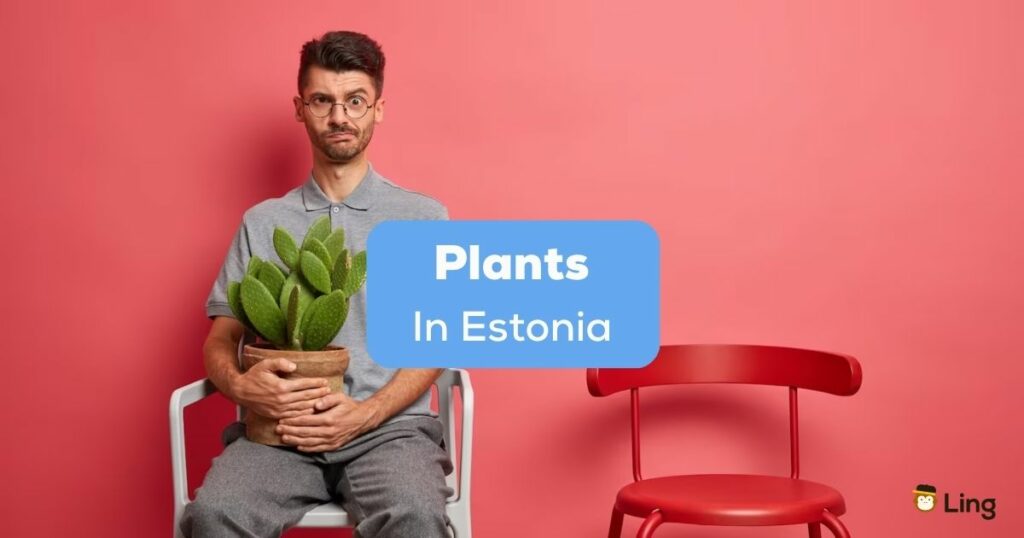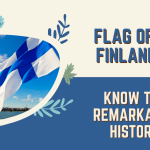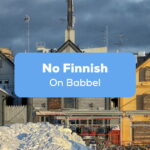The plants in Estonia, a country in Europe, are more than just beautiful scenery. They’re a part of the language and culture that makes the country unique. If you’re learning Estonian and are curious about the natural world, this article is what you need. Here, we will explore the names of some common trees, wild herbs, and even the national flower.
Why plants, you might ask? Well, knowing the local names and uses of plants isn’t just a fun language exercise. It’s a way to connect with the heart of Estonia. Let’s get started.
Common Trees And Their Estonian Names
Let’s start with the giants of the plant world: trees. Why trees? Estonia’s forests aren’t just a collection of tall wooden figures. They’re a living, breathing part of the country’s soul.
Pine (Mänd)
Ever seen a Pine tree, or “Mänd,” in Estonia? They’re everywhere, standing tall with their needle-like leaves or “nõelad.” But they’re not just for show. These trees are part of the economy. Their timber builds homes, and their resin turns into products like turpentine.
Birch (Kask)
Meet the Birch tree, or “Kask,” a pretty tree with white bark. In spring, or “kevad,” people collect its sap for a refreshing traditional drink called “Kasevesi.” And it’s not just about drinks. The Birch tree’s wood makes beautiful furniture and even plays a role in traditional medicines.
Aspen (Haab)
The Aspen tree, or “Haab,” has leaves that dance in the wind. It inspired an Estonian folk tale where a magical curse caused the trembling leaves. Aside from being a storyteller, its wood is a go-to for construction. Its bark has also been used in calming medicinal teas.
Oak (Tamm)
The Oak tree, known as “Tamm,” is like the strong one in the Estonian forest family. It’s wood crafts quality furniture and barrels. Its acorns, or “tammetõrud,” are an Estonian food source. In folklore, it’s a sacred tree where people make offerings.
Alder (Lepp)
Say hello to “Lepp,” the Alder tree that loves water. It grows near rivers, improving soil quality. Its wood resists rotting when wet, making it valuable for construction. On the culinary side, the Alder’s wood is used for smoking fish or “kala” in Estonia.
Spruce (Kuusk)
Lastly, the Spruce tree, or “Kuusk.” It’s the star at Christmas or “Jõulud” in Estonia, and its beauty lasts all year. Its wood is used in paper production, and its dense foliage is perfect for landscaping. Besides being a holiday decoration, it’s a year-round friend in the Estonian landscape.
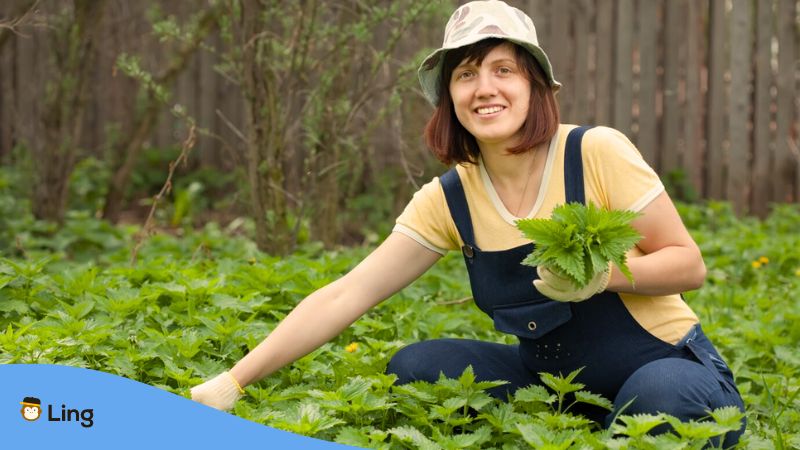
Wild Herbs And Seasonal Plants
Estonia’s green landscape, including its parks, is also home to various wild herbs and seasonal plants. These plants in Estonia aren’t just random greenery. They’re part of the culinary and medicinal traditions of the country.
Nettles (Nõges)
Ever brushed against Nettles or “Nõges” and felt that sting? In Estonia, this plant is more than a garden nuisance. It’s harvested in spring and used in soups and teas. Rich in vitamins, Nettles is a traditional remedy for various ailments. It’s like the tough love of the Estonian herbal world.
Wild Garlic (Mets-küüslauk)
If you’re wandering in an Estonian forest and smell garlic, then you might have found Wild Garlic or “Mets-küüslauk.” This plant is a springtime favorite, picked fresh and used in salads and pesto. It’s tasty and is also known for its health benefits.
Rhubarb (Rabarber)
Rhubarb or “Rabarber” might remind you of pies and desserts. But in Estonia, it’s a sign of spring. Its tart stalks are used in jams, compotes, and, yes, delicious pies. It’s a seasonal treat that brings a tangy twist to the Estonian table.
Dandelions (Võilill)
Those bright yellow Dandelions or “Võilill” you see in fields? In Estonia, their leaves are used in salads. Also, the Dadelion’s flowers are turned into syrups and wines. It’s a plant that turns the ordinary into something extraordinary.
Estonia’s National Flower
Estonia’s national flower is more than a pretty sight. It’s a symbol that resonates with people’s hearts. With its vibrant blue petals, the Cornflower tells a story of freedom, resilience, and pride in Estonian culture.
Cornflower (Rukkilill)
The Cornflower, or “Rukkilill,” has a beautiful blue bloom and is a part of Estonia’s soul. During the Estonian national awakening in the 19th century, this wildflower became a symbol of Estonian identity. It’s like a floral ambassador of the nation’s spirit.
Historical And Cultural Significance
Indeed, the Cornflower’s bluishness is eye-catching and also meaningful. It’s been woven into folk costumes, inspired songs, and even found its way into poems. In Estonian folklore, its blue color symbolizes purity and wisdom.
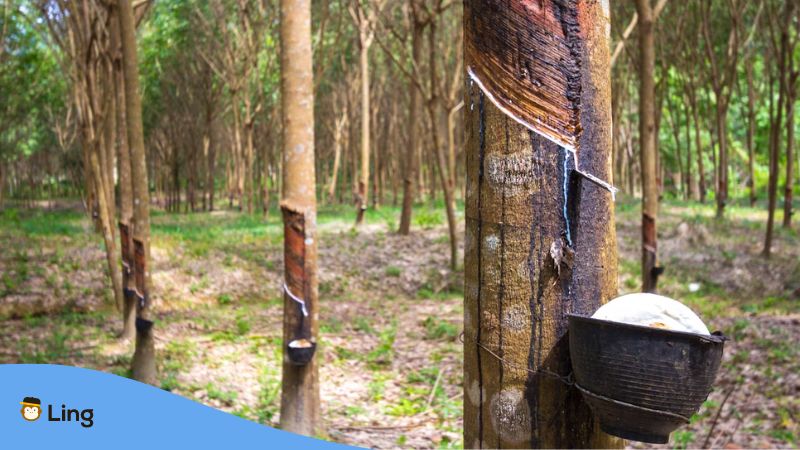
Spring Traditions And Culinary Uses
Spring in Estonia is a vibrant season filled with traditions celebrating the land’s fresh bounty. This is the weather in Estonia when nature awakens, and culinary practices reflect this renewal.
Collecting Birch Sap (Kasemahl)
In Estonia, the arrival of spring is marked by the tapping of Birch trees to collect sap, known as “Kasemahl.”
This clear liquid is a traditional springtime refreshment, often enjoyed fresh or fermented into a mildly alcoholic beverage. It’s a seasonal ritual that many families partake in, symbolizing the rejuvenation of nature.
Cooking With Wild Herbs
Spring brings a plethora of wild herbs to Estonia’s landscapes, and they find their way into the kitchen. For example, Nettles are used to make “Nõgeseleib,” a traditional nettle bread.
Wild Garlic is a key ingredient in “Mets-küüslaugupesto,” a local pesto variant. These wild herbs infuse Estonian spring cuisine with fresh, local flavors, connecting people to the land.
Traditional Spring Festivals
Estonia’s spring is marked by traditional festivals that celebrate the season’s renewal. “Kevadpüha,” or Spring Day, is a time for outdoor activities and bonfires.
During this event, people enjoy seasonal foods like “Munapuder,” a scrambled egg dish with fresh herbs. These festivals bring communities together, blending ancient traditions with modern practices, all centered around the joy of spring.
Learn The Plants In Estonia With Ling!
The plants in Estonia are a captivating journey, aren’t they? If you’re eager to dive deeper and learn Estonian, the Ling app is here for you. This language-learning app has a gamified experience, making learning Estonian and 60+ languages engaging and fun.
From grammar to numbers and everything in between, you can explore them all in their native tongue. Whether you’re a beginner or an experienced language learner, the Ling app’s interactive approach is tailored for all.
Ready to explore more? Download the Ling app on Google Play and App Store, and let’s continue this language adventure together. See you in the game!
